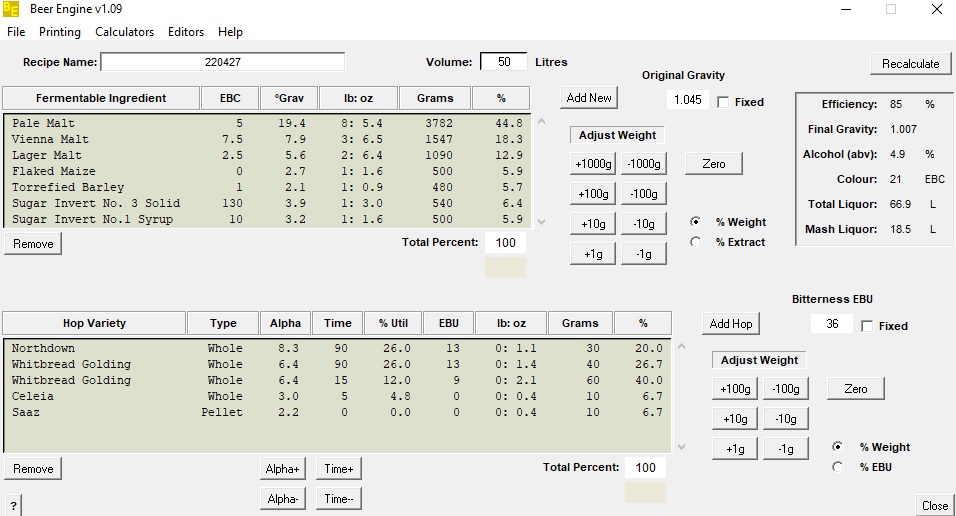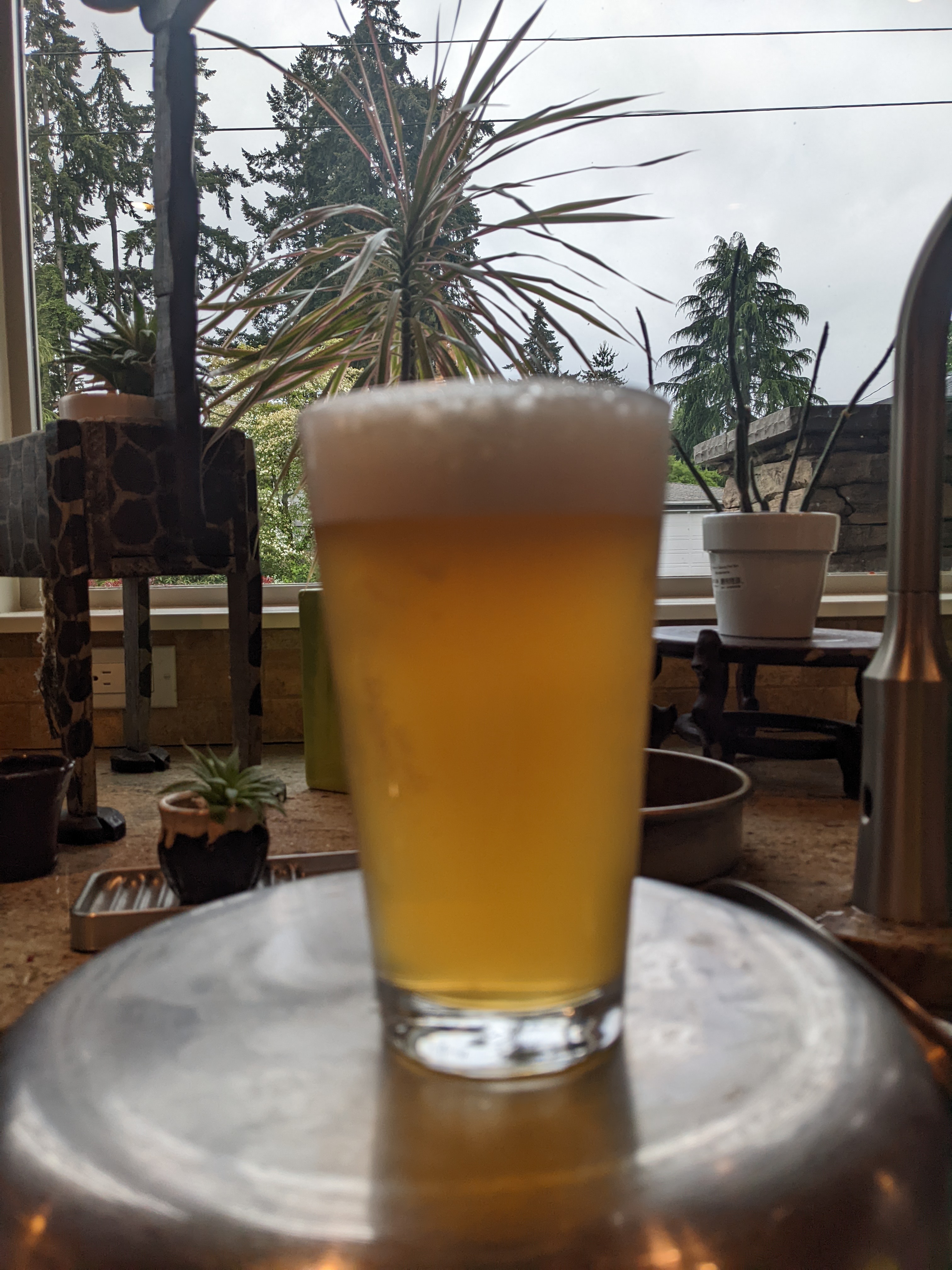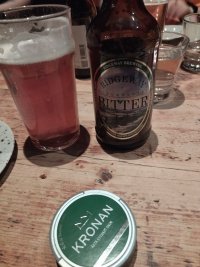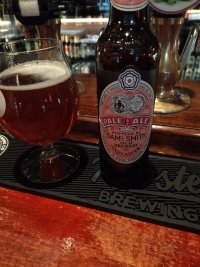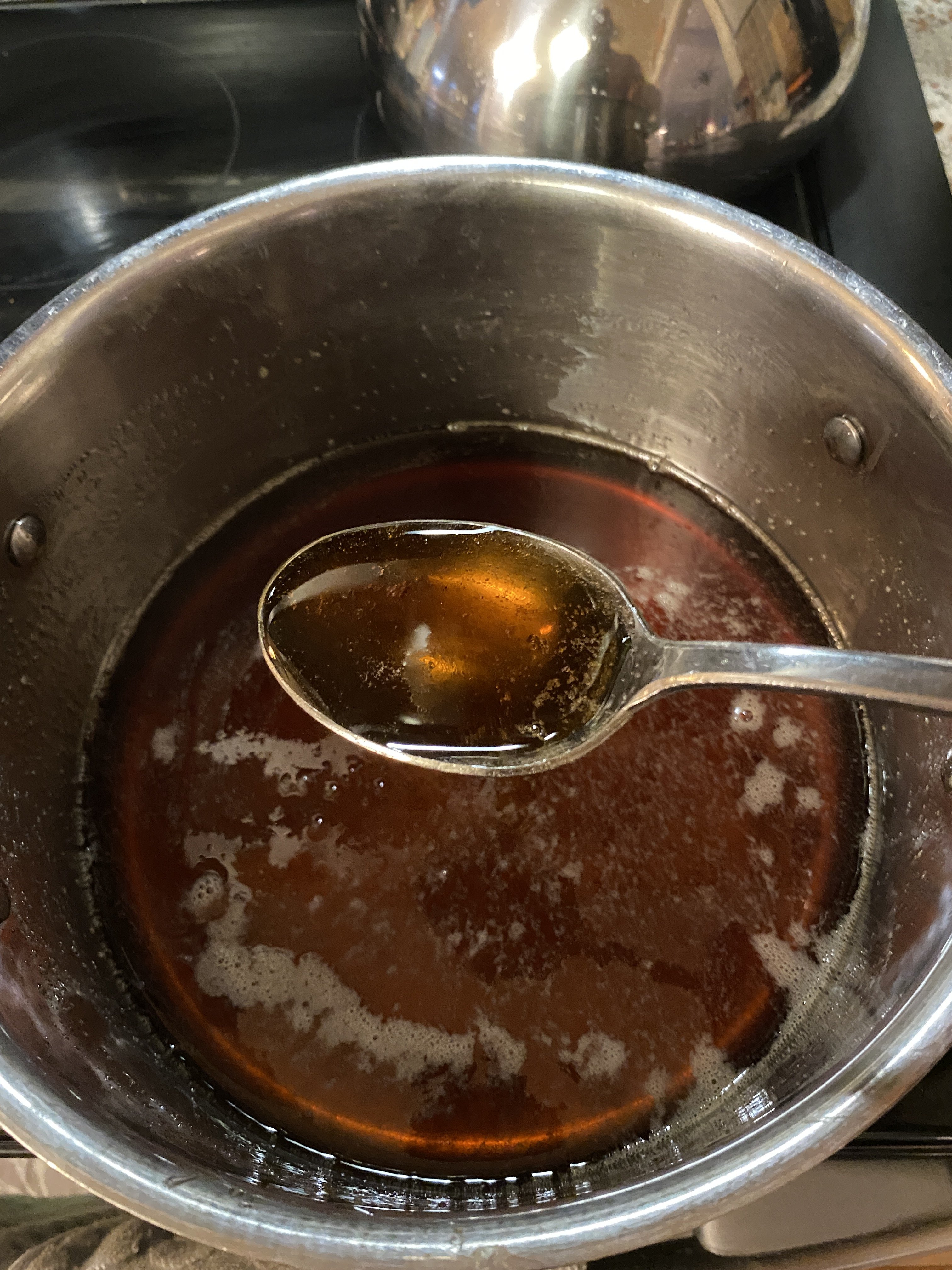Northern_Brewer
British - apparently some US company stole my name
I wasn't expecting to see price increases like that until the end of the year. Aren't we struggling to get through massive surpluses caused by lockdowns?
There seem to have been a bunch of professionals suddenly making comments, I wonder if one of the maltsters (Munton?) have sent out something saying "this is what our prices will be for the new harvest". I guess a lot of places will introduce new pricing for the new harvest, but it's the sort of thing where different producers will have different policies, so it's as well to be thinking about it now.
There may have been surpluses of malt, but in general stocks of barley are somewhat low in the UK, and eg the harvest in Canada was hammered by the drought last year. Been good so far in the UK this year, but getting to the stage where we need some rain to ensure a good crop (to be fair, we have had some this week) - probably better for the winter crops like Otter than the spring ones.












































![Craft A Brew - Safale S-04 Dry Yeast - Fermentis - English Ale Dry Yeast - For English and American Ales and Hard Apple Ciders - Ingredients for Home Brewing - Beer Making Supplies - [1 Pack]](https://m.media-amazon.com/images/I/41fVGNh6JfL._SL500_.jpg)














